The more I learn about Albania, the more interested I become in this small country that is full of potential but also multilayered and finding its feet, having isolationist, communist rule until the late 1980s and early '90s. There is a huge amount of limestone and a diverse terrain with a Mediterranean climate.
Arriving into the capital city Tirana for the first time late 2019, I soon realised that I was probably safer in day to day life than in London. After a couple of days getting my bearings I stayed by Durres beach and then went North on the bus to Shkodra, taking a boat along the Bojana river and hiking in Theth. I was trying to arrange to go climbing by using online forums and asking tourist companies but to no avail. Eventually I climbed limestone with Gerhard Duro via his Facebook page, by Bovilla Lake in Tirana district, on my last day of the two week trip.
Getting started
Hire cars are reasonably priced. Car insurance is bought on the Albanian border, though I wouldn't have wanted to put mine to the test.
The drive to Theth was an adventure in itself. The road that was asphalted for the first time in 2021 was a truly epic 4x4 experience. Several buildings were being built in the village though there was still the law that only local families could do this. People spoke of how Theth would change as soon as the road was built, it had been protected from war throughout history by the 'Cursed Mountains'. On return I waited for a few hours for diggers widening it to finish their work before I could pass.
Online it seemed there was a lot of climbing – beach cliffs, mountains, canyons - but accessing it was not so easy. I'm used to travelling solo, for art, climbing and psychological therapy work (Japan, Lebanon, Mexico, Jordan, Morocco) so I was not daunted by this.
Usually I have several people to climb with regularly, but after six months in Albania I still only had Gerhard. I eventually met a handful of expats who stayed in the country for on average a year — Dutch, German, French, Austrian, Polish and American. Foreigners in Albania tend to have visas of between three months for Europeans and one year for Americans, making it hard to build and sustain a climbing community. A very small proportion of Albanians climb. Gerhard was taught by his father, who learned in the army.
Climbing experience
Overall my climbing experience was humbling. I'm not the strongest of climbers and had been injured for about a year as well as in lockdown in the UK prior to this, though I have a firm base of technique and climbing safety. When I became comfortable driving myself to locations, finding routes and climbing them as well as helping others to climb them safely (even if I did use trad gear to back up sport routes) I considered the sense of accomplishment well earned.
There are very few topos, no guidebook and bolting is inconsistent. In some ways this was limiting but the overall expereince I had, once I knew my way around and made some outdoorsy friends, was unique. The access to mountains - snow-covered, autumnal, sun-drenched and wild - was incredible.
You can camp, swim, climb and bolt as you see fit. Even the hot springs are free to drive up to, park, swim, climb, build a fire and sleep in.
The problem with this is that rubbish builds up and hedgerows can be full of toilet paper. My climbing buddies and I would often take bin bags and fill them by collecting rubbish to help make a dent in this and encourage others to do the same, or at least take theirs with them.
In summer climbing stops as it is really too hot - 40+ degrees - and everyone goes to the beach. Winter involves a couple of rainy months and the long spring and autumn are perfect. There are snowy options for winter with skiing in neighbouring countries a few hours drive from Tirana (Kosovo, Montenegro, Macedonia) as well as some small slopes in Korca, Albania.
Bolting project
A fairly large-scale bolting project got underway in 2021, with mainly foreigners bolting on a voluntary basis, trained and with equipment via Rock Tirana bouldering gym, as part of a project setting 300 new routes.
Some topos get passed around in WhatsApp groups and there are odds and ends online, but it's still very much word of mouth. Gradings are a bit all over the place, there is hardly any trad mapped — just one multi-pitch in Theth as far as I'm aware and boulder problems were being mapped in October 2021, with The Albanian Climbing Festival helping to bring this into focus.
Climbing areas
Places I climbed include Gjipe Beach (and canyon). A 4x4 is needed to drive in, but I walked down, both free camping on beach and using the campsite. I walked through the canyon looking for others who were at the Garden of Eden, which I didn't realise was a sector actually on the beach! It was a great mistake though and a stunning walk / scramble, though it would have been more comfortable without a full bag of kit! Total peace all the same. In the canyon and beachside were a wide range of grades. It's a very busy beach in summer, I went in November and February when it was still warm enough to camp and swim happily, though I wrapped up warm at night.
The above photo is a sector (behind the tree) with well-bolted 5s and 6s about five minutes walk into the canyon, opposite a few more 6s. Albania is pretty much all sport and limestone, as far as I'm aware.
Permet, with its hot springs, Lengarica canyon and crag gave me a couple of great weekend trips. Once staying in a guesthouse with Albanian friends and another time free camping with foreigners. Climbing in the canyon is mainly 7s and further up the road was a very long wall of easy routes with the occasional wild card.
Petrela is a crag I frequented often as it is a short drive from Tirana (twenty to thirty minutes), accessible with beginners routes and a more challenging, though short, overhang. There's a great view from the castle, and an incredible restaurant, Fustanella, nearby for organic seasonal food; as with most of Albania, ingredients are grown locally, but here you can actually see the fields from the restaurant.
As there is no rope-climbing gym in Tirana, this became a place I would go to for a few hours' training.
Dajti mountain was my most frequented crag, as I was based in Tirana and this could be done in a day trip from the city. There were a few spots, including Snail Wall, which was bolted by Wojtek Kaminski (Polish) and Nadine (Canadian) whilst I was there. I thought this was a very friendly wall: largely in the shade, slabby, bolted by recently-trained climbers with equipment via Rock Tirana gym. The bolts / routes hadn't been checked by anyone when we were on them, grading them 5b to 6b. There was ample opportunity for first ascents, but I didn't rush for these.
Generally in Albania you can swim in the rivers and the sea everywhere, but not Bovilla Lake, which is a guarded reservoir on Dajti mountain.
Beautiful Brar is covered in tufa columns, roadside, with a restaurant and river nearby. It's a great crag - and it's steep! The routes have grades painted below them, starting in the 6s and going up to a 9a bolted by Adam Ondra.
Climbing gear
When moving to Albania I took full kit including a trad rack, tent and sleeping bag with me, which I was glad of. There is one small shop in the centre (Jezerca) and prices are pretty high. Bringing in more gear could incur high taxes as it needs to be for personal use and postage is slow and unreliable.
Though I felt safe travelling as a woman alone and at less risk of being attacked or robbed in the city, in the countryside you are often off-road, quite isolated and the rescue services are limited. I took a satellite device for emergencies and so I could let people know where I was when out of phone signal (Garmin mini). I used this for the drive over, creating a check-in for family and friends who had the relevant link, but also peace of mind for myself. It was helpful for remembering exactly where I had been as well as for navigation in areas less known to Google Maps! A lot of people had drones, for social media, photography and video work but also for checking the top of crags and looking for new bolting options.
The future of climbing and tourism in Albania
The River Vjosa crosses Albania from Greece into the Adriatic sea; the last wild or free flowing river in Europe. It is / has been threatened with hydropower projects / dams, hence there have been campaigns to make it a National Park in recent years.
Albanian President Ilir Meta and Prime Minister Edi Rama have given their support to the establishment of a Vjosa National Park. The Minister for Environment has also rejected the construction of the Kalivaç dam, which would have destroyed this unique river system forever.
Local people's salaries are very low, tourism could help with this if local guides are paid directly and locally-run guesthouses used. The guides I met were despondent, having had a year with no work (nor furlough).

I wonder about the impact of an increase in van life in Albania. If climbers shop locally and do rubbish picks I think they can be of benefit and perhaps highlight how valuable these barely-touched landscapes are and that sustainable grass roots tourism is increasingly rare and sought-after in comparison to standardised hotels and big businesses. There is not a single Starbucks, McDonalds or Costa Coffee at the time of writing. Shops tend to be independent, food local, brands rare and camping wild.
I'm looking forward to future visits, to travel to Albania with climbing partners, friends and family.
This is a generous and complex land, it gives more than I could have imagined but it is also challenging; an open mind, respect, intuition and a strong sense of self feel important.
Extra tips from locals
- It's routine to encounter incomplete and corroded anchors.
- If you encounter aggressive wild dogs here, picking up a stone or a stick is the usual signal for them to stay away from you.
- Let the local community know if you plan to bolt or develop - check-in at the climbing gym in Tirana.
- There is a lack of public transportation.
- Be cautious at the crag: there is no organised mountain rescue service.
- Loose/falling rock is common since crags aren't frequented regularly: consider wearing a helmet.
- Some routes require scrambles to access.
- There's a great restaurant serving Salep tea by Snail Wall.


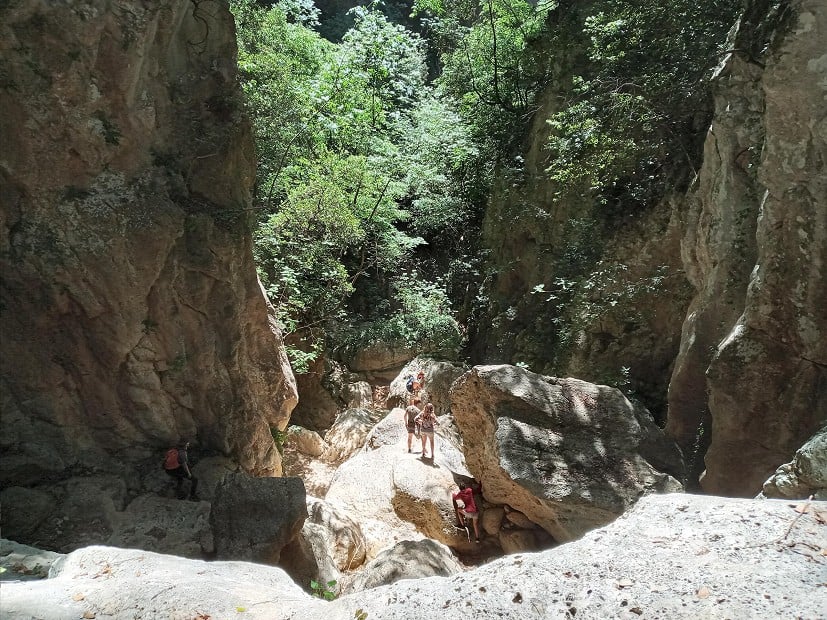

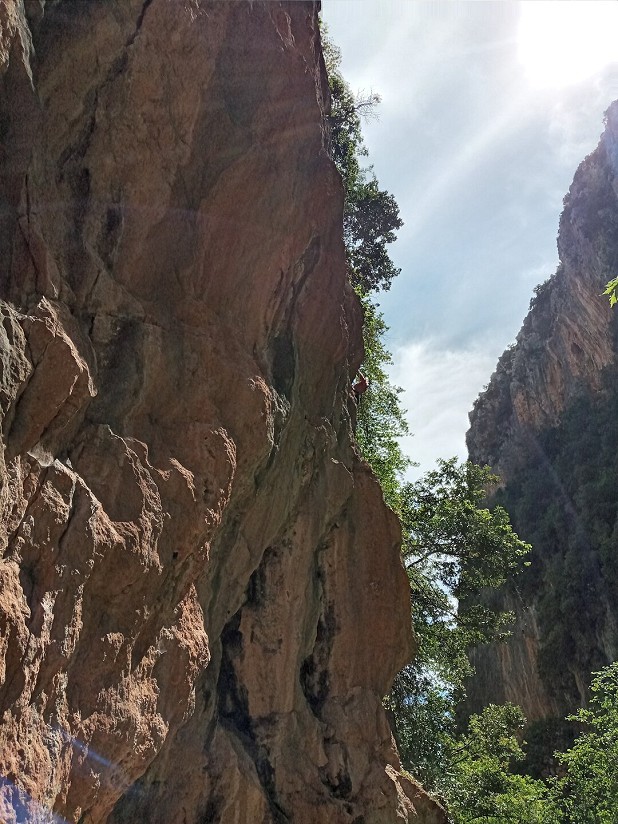
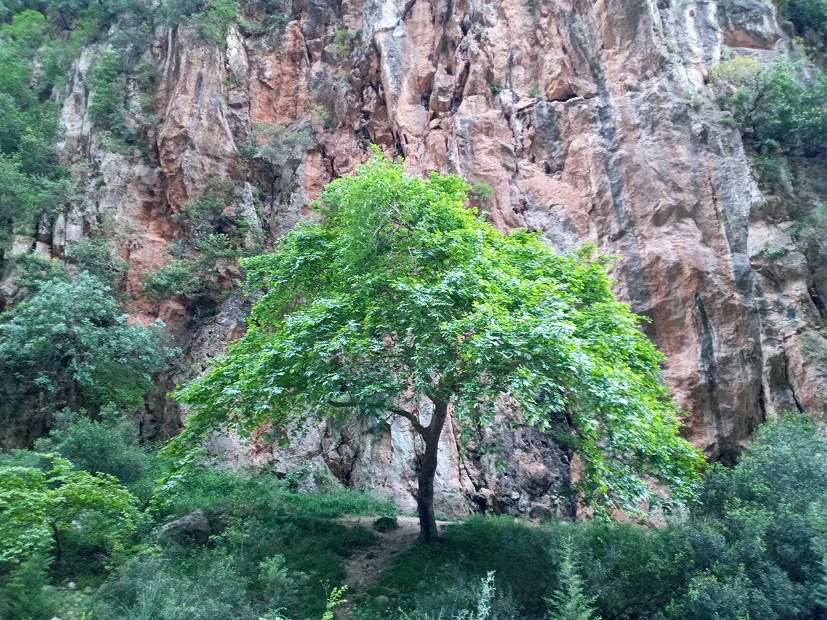
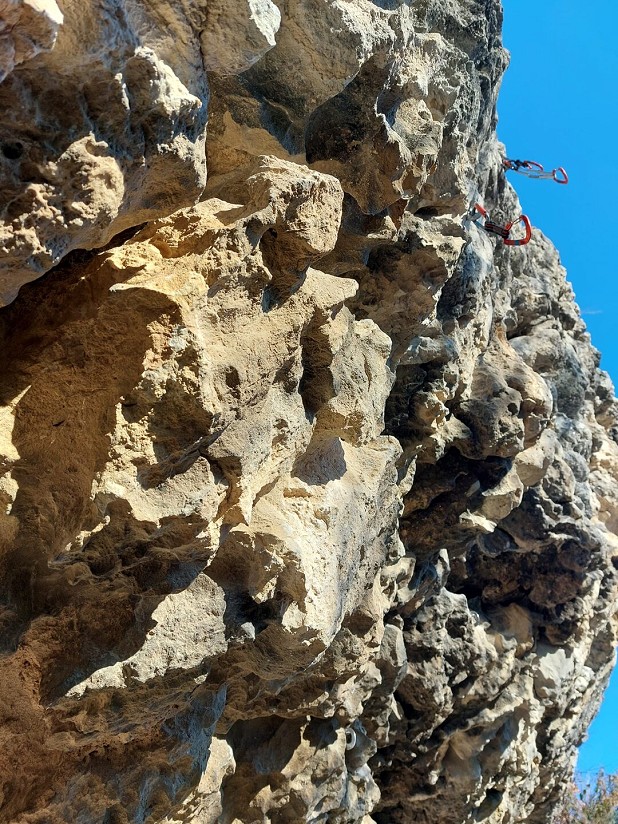

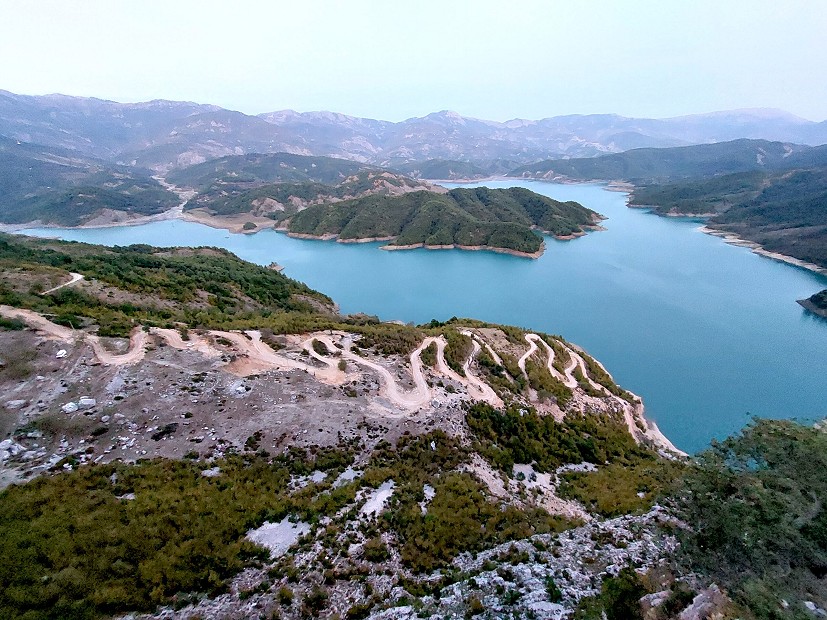
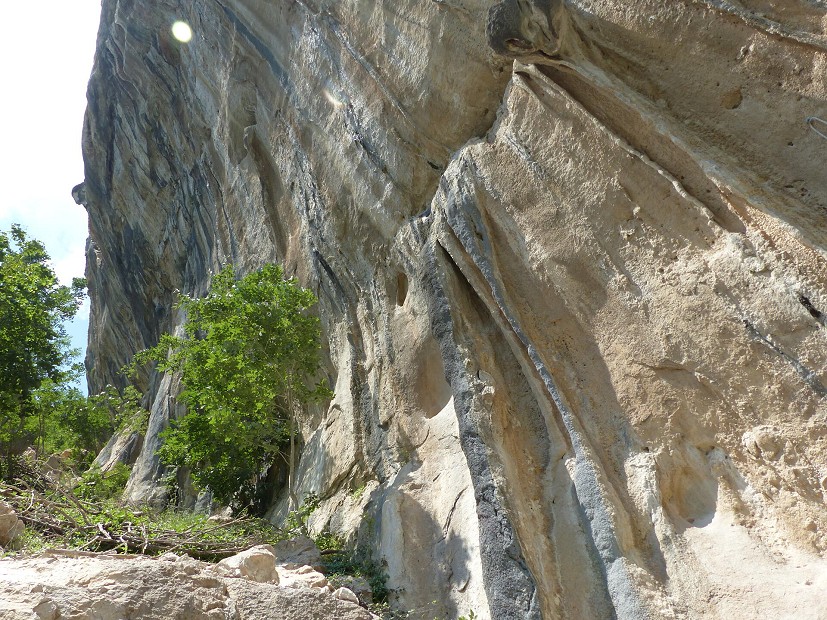
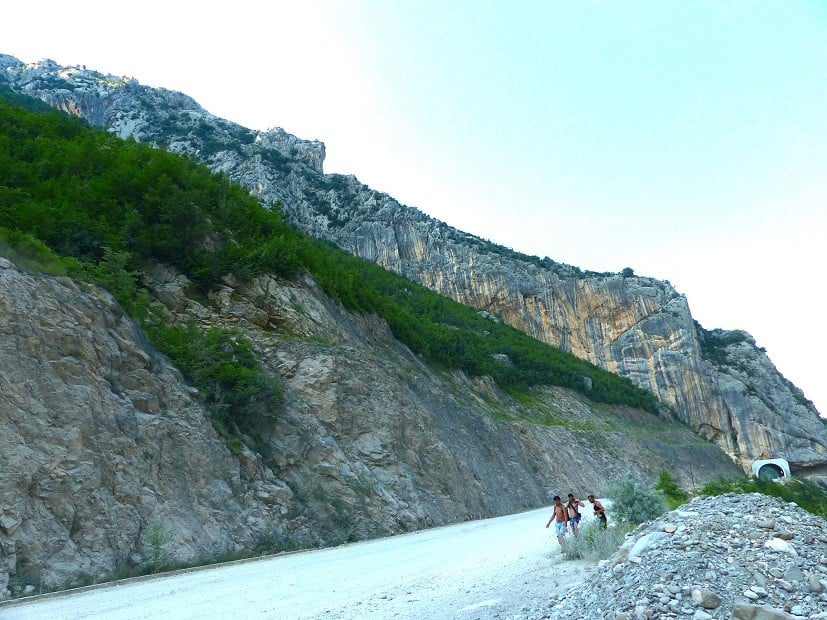



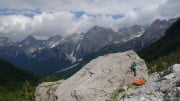




Comments
Couple of years ago, I have been hiking* in the area, incl. the Maja Jezercë and a few other easy peaks (* - with bits of quite interesting bush-whacking a few times, since we didn't want to follow the low valley parts of the Peak of the Balkans tourist route and some routes marked on the map were probably old border guard ones, long since overgrown). The peaks and karst landscape was great!
Although I was quite saddened at the end. From our last campsite above and beyond Theth, what looked like a huge concrete resort building under construction visible just in the valley bellow, near the already finished part of the road. I am afraid it might change quite quickly there. Way over the main Jezercë range in Valbonë, there was already a posh resort hotel with its own artificial trout stream...
I am sure glad for the road and that the locals now have more options and tourism income, but I am afraid a lot of it might get sucked dry by big resort developers from outside the area, without the excellent family guesthouses seeing much money from it if at all...
Although the way some local communities fought several corrupt hydro schemes on their wild rivers and that there are also local+outside initiatives for more sustainable tourism there does give me some hope!
Anyways, shum faliminerit for the article, it brought back some pleasant memories, it was indeed quite beautiful there!
One correction – there is indeed some public transport in Albania, even for getting to few of the remote-ish areas, but the Furgons (Marshrutka-like system) can be somewhat incomprehensible for most Westerners not familiar with similar transport systems in post-Soviet and other countries, even without the language barrier. I did travel to the Albanian Alps from Shkodër by a few (plus one awesome lake ferry made from an old converted city bus chassis bolted to a boat!), but that was a fairly known route and I still had local help with times and such.
And do watch out for rockfall in the Albanian Alps, even just hiking and mild scrambling we got a few near misses :)